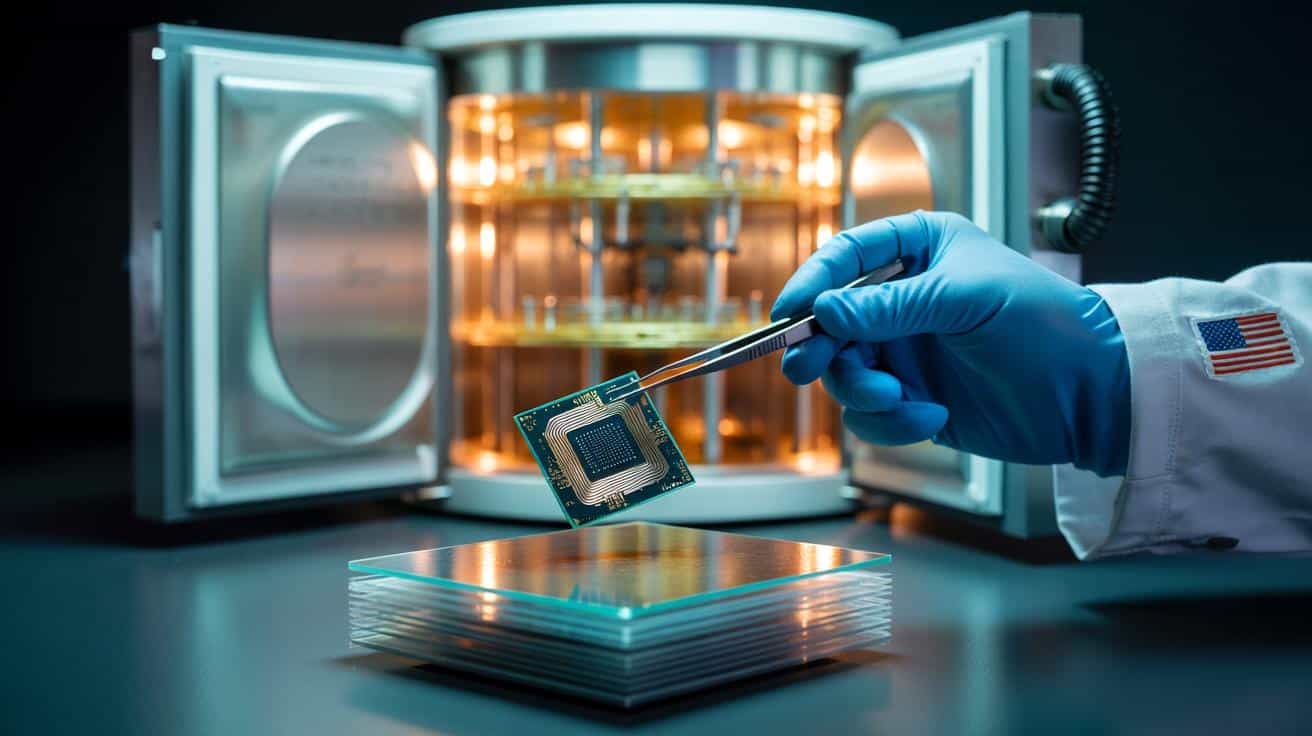Germany’s new ‘Otus’ supercomputer at Paderborn University promises 24/7 research access and carbon-free, high-performance computing.




Engineers have achieved a major milestone in the global effort to design energy storage systems that combine high speed with strong power output, opening new possibilities for electric vehicles, grid stabilization, and consumer electronics.
In a paper recently published in Nature Communications, the research team introduced a new type of carbon-based material that enables supercapacitors to store as much energy as traditional lead-acid batteries while delivering power at a much faster rate than conventional battery systems.

Who would have predicted that one of the hottest trends for beleaguered biotechs in 2025 would be to rebrand as a crypto company?
Leap Therapeutics has became the latest drug developer to make the move, transforming this morning into Cypherpunk Technologies and focusing on its hoard of $50 million worth of a digital currency called ZEC.

Engineers have coaxed them into lasting longer, using a smarter materials stack and some painstaking fabrication.
Researchers in the United States say a superconducting qubit now holds its state for more than a millisecond, long enough to change how we think about useful quantum circuits. The result pushes lab records and nudges industrial roadmaps toward designs that look manufacturable rather than bespoke.

Scientists caught a star dying in real time — and its explosion wasn’t round, but olive-shaped.

Can an AI persona detect when a human is lying—and should we trust it if it can?
Artificial intelligence, or AI, has had many recent advances and continues to evolve in scope and capability. A new Michigan State University-led study is diving deeper into how well AI can understand humans by using it to detect human deception.
In the study, published in the Journal of Communication, researchers from MSU and the University of Oklahoma conducted 12 experiments with over 19,000 AI participants to examine how well AI personas were able to detect deception and truth from human subjects.


Dark energy may be evolving—hinting that the universe’s ultimate destiny could be far stranger than we ever imagined. Astronomers are rethinking one of cosmology’s biggest mysteries: dark energy. New findings show that evolving dark energy models, tied to ultra-light axion particles, may better fit the universe’s expansion history than Einstein’s constant model. The results suggest dark energy’s density could be slowly declining, altering the fate of the cosmos and fueling excitement that we may be witnessing the universe’s next great revelation.
Dark energy, the mysterious force thought to drive the universe’s accelerating expansion, remains one of the deepest puzzles in modern physics. For years, the leading explanation has been that this energy is constant – an unchanging property of empty space responsible for cosmic acceleration. But recent evidence has scientists rethinking that assumption.
Last year, results from the Dark Energy Survey (DES) and the Dark Energy Spectroscopic Instrument (DESI) caught the attention of cosmologists by suggesting that dark energy might not be fixed after all. “This would be our first indication that dark energy is not the cosmological constant introduced by Einstein over 100 years ago but a new, dynamical phenomenon,” explained Josh Frieman, Professor Emeritus of Astronomy and Astrophysics.